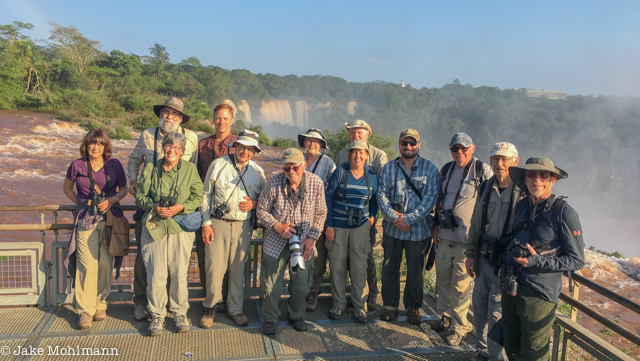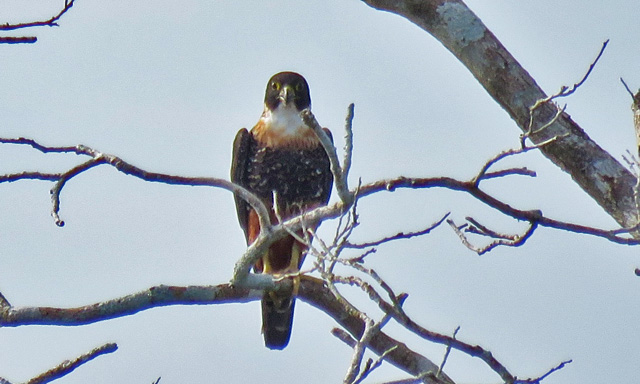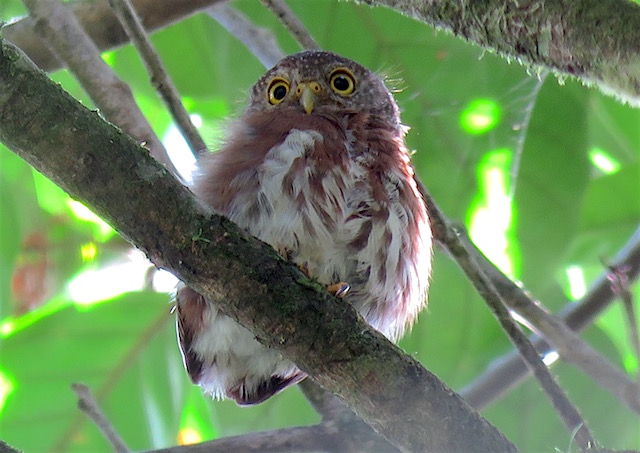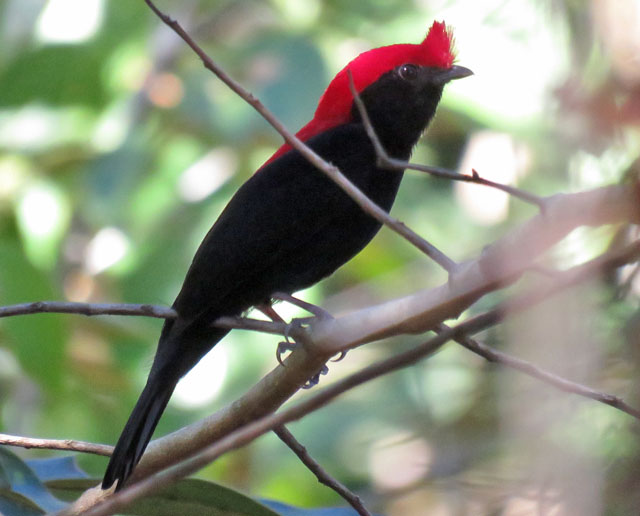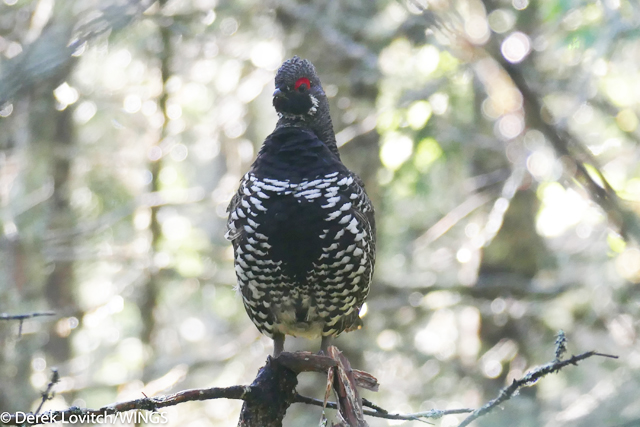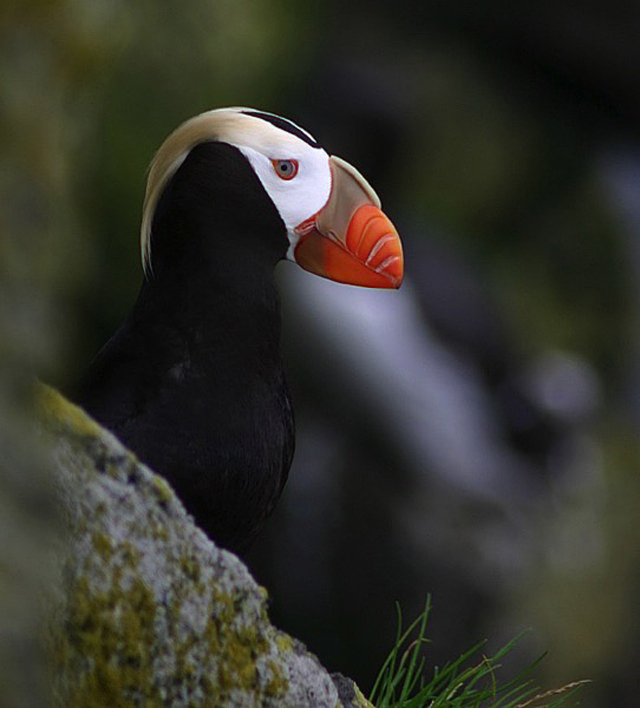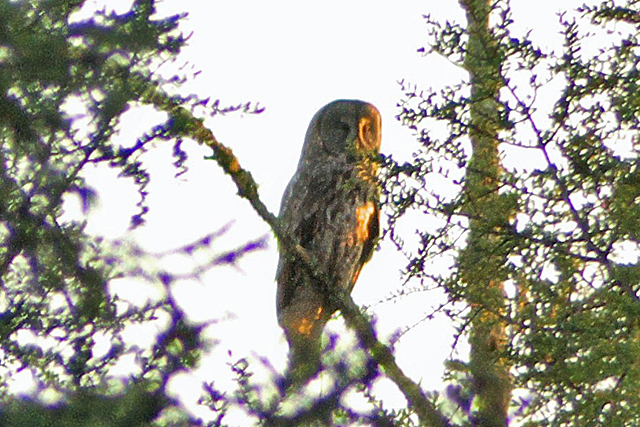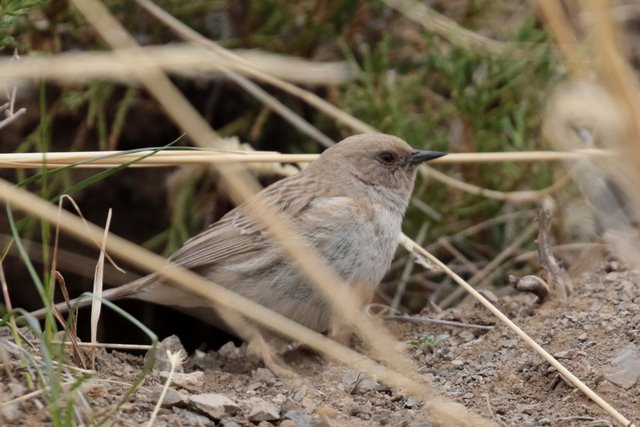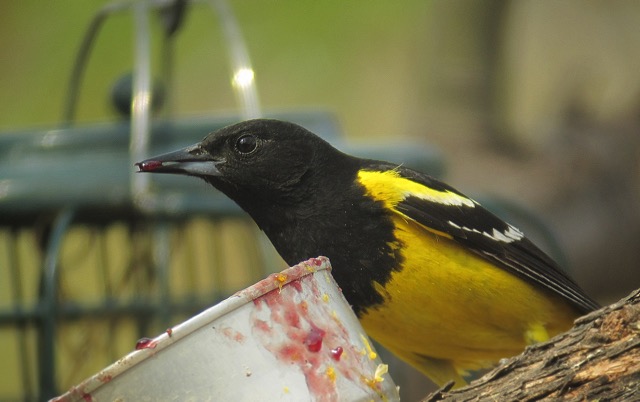Reports From the Field
Nov 12, 2017
Jake Mohlmann on his just-completed tour to Northern Argentina - High Andes, Chaco and Iguazú Falls
Jul 10, 2017
Gavin Bieber, Jon Dunn and Jake Mohlmann on the Alaska Majesty Extensions: The Pribilofs and Barrow
Jun 19, 2017
Evan Obercian on his just-concluded tour, Minnesota and North Dakota: North Woods to Prairies
© 2025 WINGS Birding, Inc.
